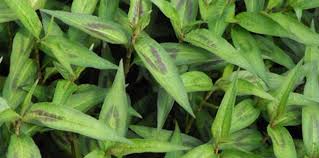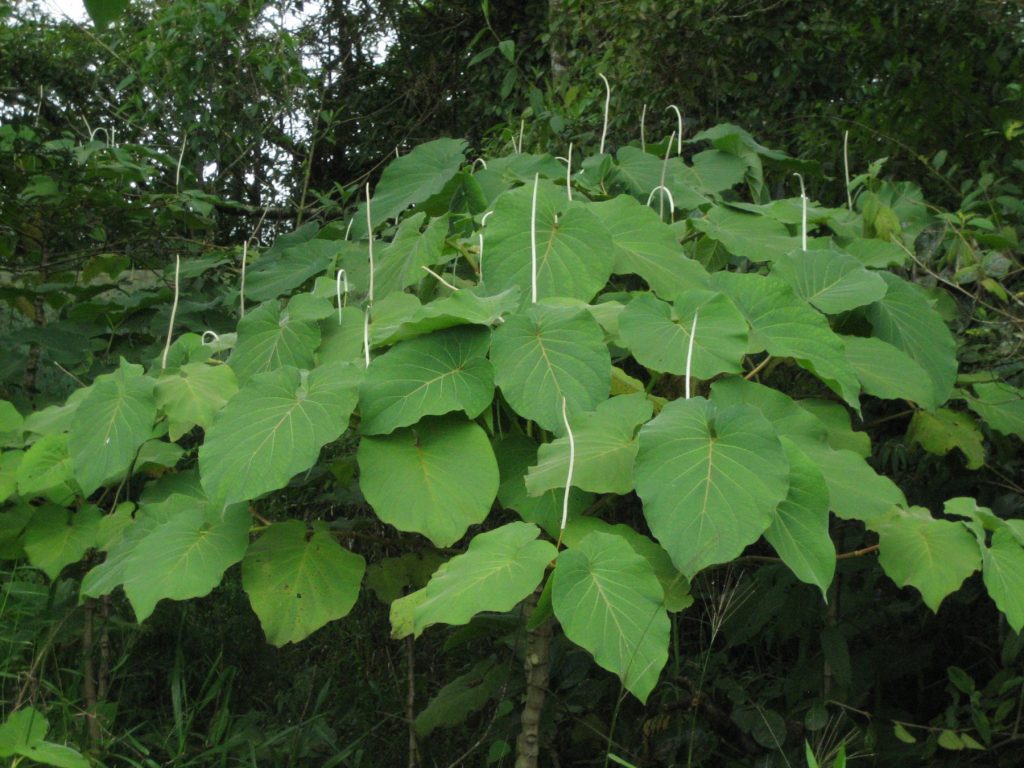Some years ago I wrote a book titled The Art of the Kitchen Garden about the evolution of fruit and vegetable growing and cookery from the 15th to the 18th century. Greenhouses evolved in part, I learned, from the introduction in the 17th century to Europe of the exotic pineapple, which quickly went from oddity to status symbol. Prior to that, a steady stream of delicious novelties had made their way to the Old World, many of them described with enthusiasm if not accuracy by the Spanish Doctor Nicolas Monardes in his popular book, Joyful Newes Out of the New Found World, first published in 1592.

The rapid arrival of immigrants from the Old World brought unfamiliar foods to the New world shores, as they invariably carried with them the familiar flavors of home, staples like wheat, apple varieties, stone fruits, and root vegetables. These trustworthy, friendly foods offered the immigrants some solace as they gradually adapted to growing and using the unfamiliar crops to which the native population introduced them.

The foods we grow up with are the comfort foods we most desire and will take trouble to cultivate in conditions very different from ‘home’, and are ones that are easily borrowed to enrich our menus and our gardens. Standouts in this category that I can recommend are: Chee bonla or ‘sawtooth herb’ (Persicaria odorata), a more fragrant sort of coriander, that is a main component of Cambodian hotpot, Yao Hon – a communal meal that Cambodian families serve on holidays and special occasions. From Japan come varieties of meaty orange-fleshed persimmons, a tree fruit that is hugely popular when laboriously dried as the ‘sweetmeat’ hoshigaki . From Mexico comes hoja santa, a broadleaf perennial that features in many authentic Mexican recipes.

I’ve seen persicaria grown as a groundcover in a Pennsylvania garden (the owners were surprised when I plucked a few leaves to munch on), admired the glossy orange fruits of a persimmon tree growing in a northern California hell strip garden as part of an urban community orchard, and have myself grown hoja santa in my Texas garden.
Hoja santa (Piper auritum) is a food plant that I would happily grow again, not just for its use in the kitchen, but because of its ornamental form. Plants can grow quickly to 10 feet or more, and are covered in broad, heart-shaped leaves up to 12 inches plus wide that fan out from sturdy upright stems; in time the pencil-thin, finger-like, pure white flower spikes appear, holding themselves like birthday cake candles over the leafy mantle.

In southwest gardens, where many of the plants will have small leaves, texture can be lacking as a result, but hoja santa changes all that and is a real stunner. To do its best hoja likes sun above and moist soil below. It did well for me in the relative humidity of Austin, but friends in soggy Houston had to keep it in check by cutting back the underground roots that spread rapidly in moist soil, to prevent the plant from overtaking the garden. Caterpillars can make a mess of the broad leaves, but spraying with neem oil seemed to keep a check on buggy depredations. I would tuck shade-loving, white-flowered impatiens beneath the canopy to complement the candle-spike hoja blooms.
One of the common names for hoja santa is rootbeer plant, and certainly the raw leaf has a sassafrassy, liqorice taste. But it’s used mainly as a wrapper because, while the leaf does impart a hint of its distinct flavor, if eaten it has a tongue-numbing effect. So, if the leaf is used instead of a cornhusk to make tamales, or to wrap a fresh cheese, it should be removed and discarded.
Part of the excitement of gardening is trying and succeeding with something new; having a conservatory or greenhouse simply expands the possibilities for experimentation (pineapple anyone?). And with access to the worldwide web, we’re able to source and learn about all the uses the plant kingdom has to offer, so avoiding disappointment and upsets. Spare a thought, then, for early immigrant gardeners who, when confronted with the potato and less than complete information from sources like Dr. Monardes’s Joyful Newes, discarded the tubers and ate the toxic leafy tops instead. Is it any wonder spuds took a while to catch on?
©Ethne Clarke, 2019. Photos Wiki Commons.










